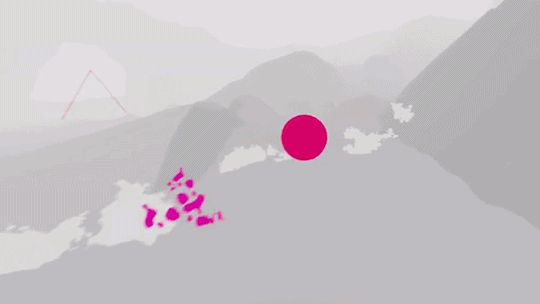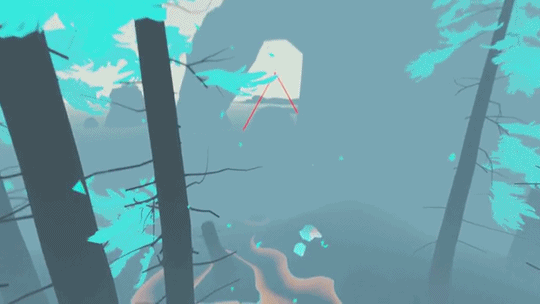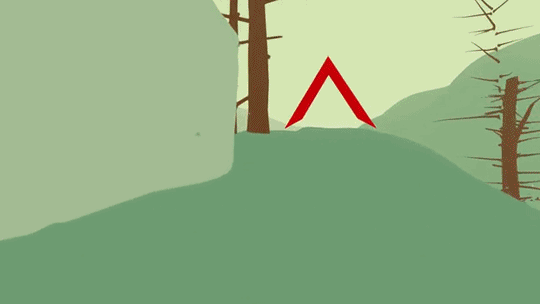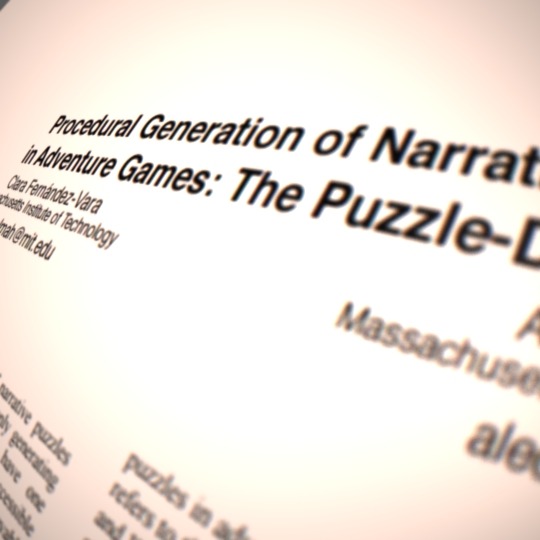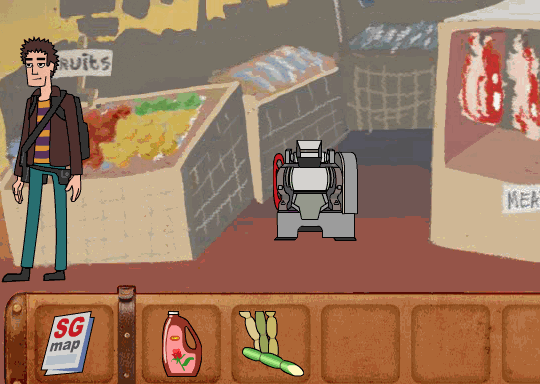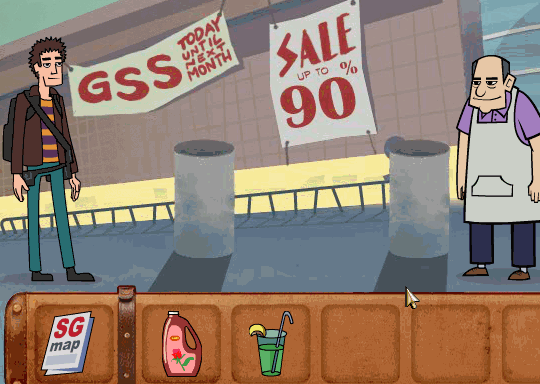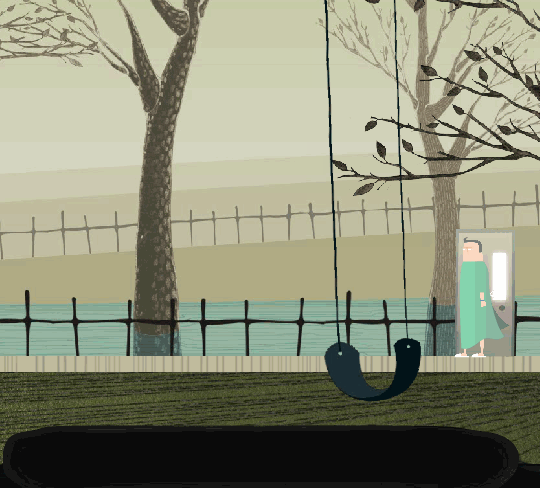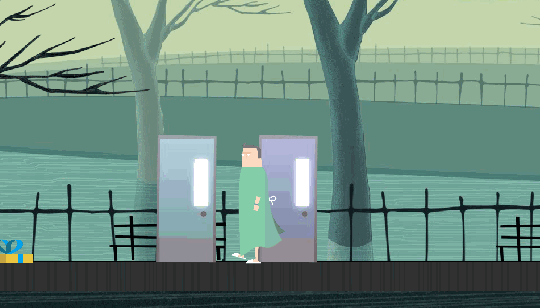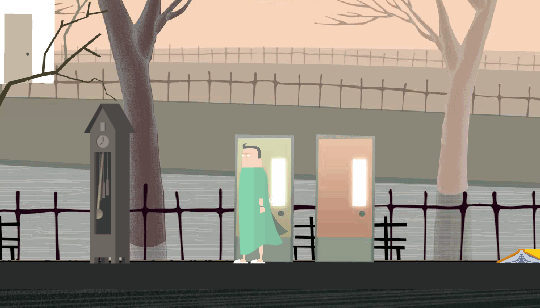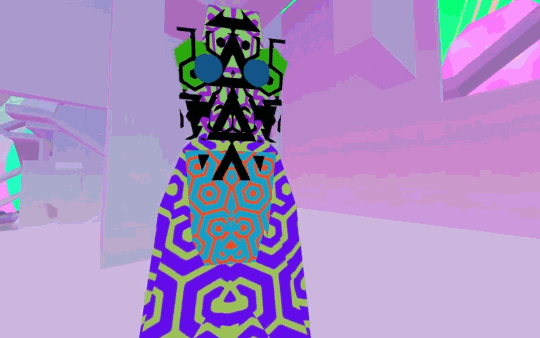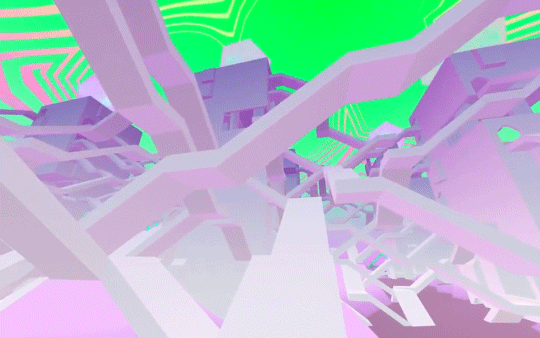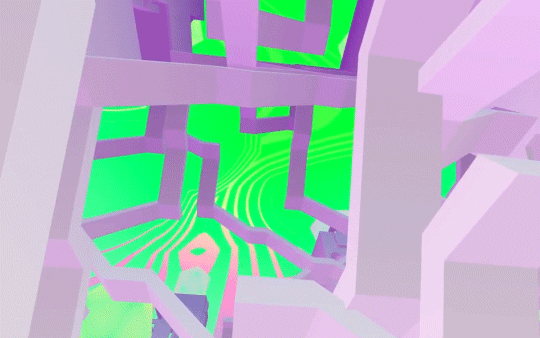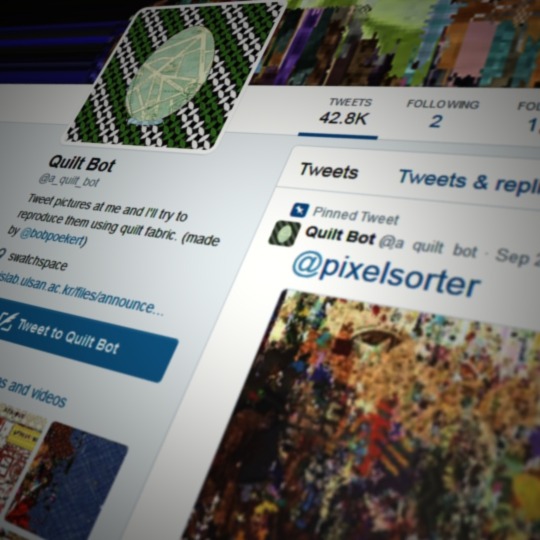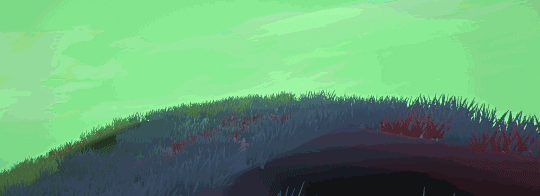One of the defining features of the original 1994 X-COM / UFO: Enemy Unknown was its procedurally generated tactical battle maps. This was key to making the strategy game really feel global. Within the limitations of the generator it helped sell the idea of a grounded, world-spanning conflict.
Firaxis’ 2012 remake tries to do the same by providing a large selection of maps, but once you’ve played a couple of times you start seeing repeats, and some people have sunk hundreds hours into the game.
XCOM 2, on the other hand, looks like it’s being specifically designed from the ground up to use procedural generation in a big way. I’ll be looking forward to seeing if they can pull it off.

